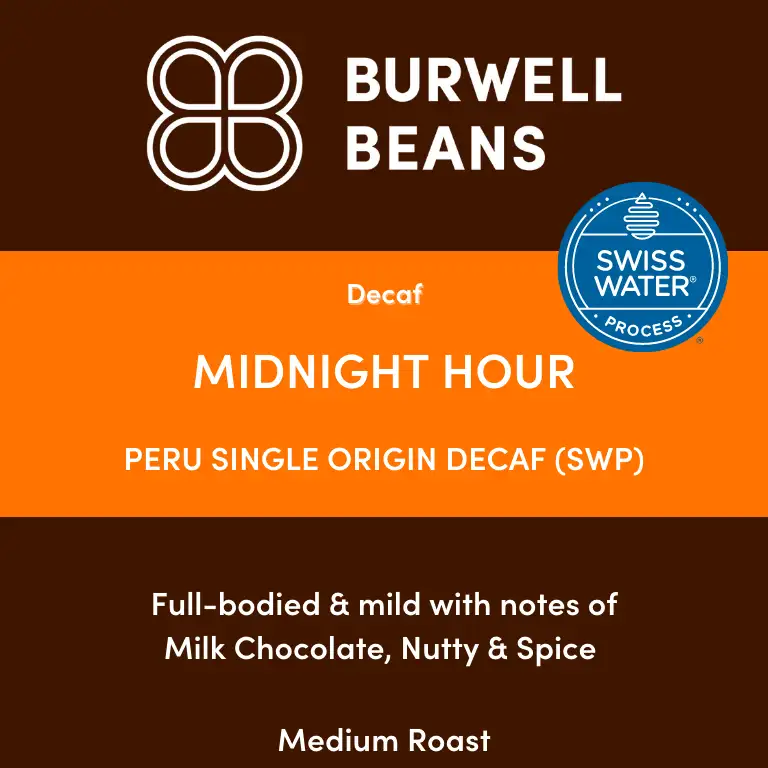The processing method of coffees enhances their delicious flavor.
Exceptional coffee begins with exceptional beans, but that’s no secret. The beans processing method, plays a tremendous part in the way your coffee actually “feels” and tastes.
To help make your new coffee odyssey even more interesting, we’ve recapped four common methods of processing, along with the effects of each method on the flavor of your first sip. These methods include wet process, natural process, honey process, and wet-hulled process.
Wet Process
Wet (or “washed”) coffees exhibit higher acidity and body, accompanied by a clean, often citrus or floral taste. In processing, the wet method uses the entire fruit or “cherry,” of the coffee tree, and the beans are technically the seeds inside the cherry-like fruit.
In wet coffees, the layers of skin and pulp are removed and naturally ferment for a duration of 12 to 72 hours before drying. The result? You taste more of the inside of the bean, which also means that the process helps spotlight the authentic character of a single origin bean better than other processing methods. It also assumes that the beans themselves have absorbed the proper amount of natural sugars and nutrients throughout the growing cycle.
In the end, the science of growing coffee, the skill of the farmers, and the soil and climate of the country of origin combine to create the unique flavor.
Natural Process
Unlike wet coffees, natural (or “dry”) coffees retain the skin and pulp on the bean during drying, with minimal or no interference in the drying process.
It produces a coffee with a lighter body, lower acidity, and a sweet flavor, sometimes with a complex fruitiness. While it’s a relatively inexpensive option, the natural process demands specific environmental conditions so that the fruit and seed dry in time.
The value of the process has been a topic of debate. On one hand, some consider the natural process to be a lower-quality option that yields inconsistent flavors. On the other, many believe the process may create extremely interesting, flavorful coffees and that natural coffees may someday match wet coffees for consistency, clarity, and taste.
Since it needs the least amount of hands-on processing, natural coffee is also the most environmentally friendly.
Honey Process (or pulped-natural)
Honey processed coffees exude a sweetness that hints at the addition of honey. Actually, the term “honey” refers to the sticky mucilage of the beans during processing. They are somewhere between a wet and a natural coffee; slightly fruity and with a more even acidity and a complex mouthfeel.
The process involves removing the skins and pulps of the coffee cherries, which leaves the sticky outer layer of the fruit intact. Subsequently, the cherries undergo drying without washing. The duration of the drying time determines the extent of oxidation and offers opportunities for producing various honey varieties such as black, white, golden, and red.
The amount of mucilage or gumminess left around the bean contributes to the coffee’s sweetness and depth of body.
One benefit of the honey process is that it uses less water and is environmentally friendly.
Wet-Hulled Process
This relatively newer process, is a hybrid of wet and dry processing. Although the wet-hulled process is similar to the wet process, the finished products are very different. The wet-hulled flavor is earthy, the body is heavy, and acidity is low with the wet-hulled option, versus the fresher taste, lighter body, and higher acidity of wet-processed beans.
This process is a product of the area’s unique climate. and common only in Indonesia, specifically the islands of Sumatra and Sulawesi.
Compared to the other three processes, this is a bit more complicated. Farmers pick the coffee and separate the skin/pulp from the cherries, which then ferments overnight to remove the fruit layer, which washes off.
After undergoing several processing steps, wet-hulled coffee undergoes a brief drying period lasting just a few hours. It becomes ready for export approximately a month after harvesting. This is unlike a wet coffee that would dry for weeks inside the parchment, which protects the inner seed,
Why does this matter? Because in Indonesia, the rain and humid climate make it hard to dry coffee for extended periods. The climate also accelerates growing conditions, so farmers must pick, process, and sell their coffee as fast as possible.
While wet-hulled coffees, with their intense flavors, might be an acquired taste, a single-origin Sulawesi or Tanzania experience might prove an exciting adventure indeed!
Want to learm more on what else influences flavor? Read our article on coffee roast levels.
